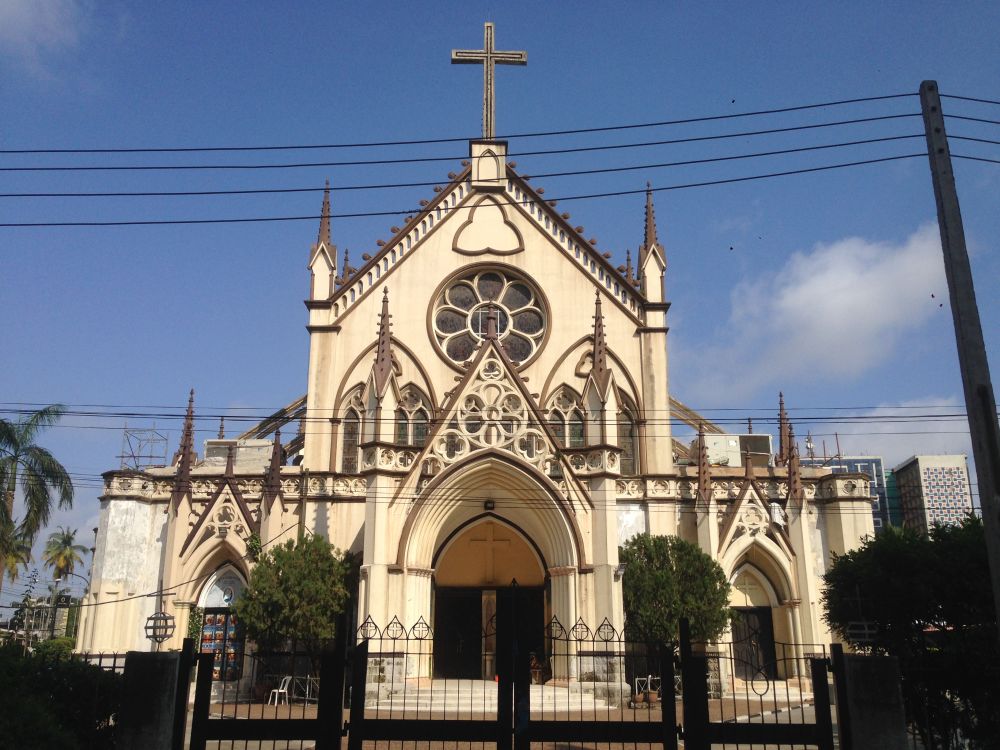

The Holy Cross Cathedral (Krestovozdvizhensky Cathedral) in Irkutsk is a pivotal historical site that has seen the ebb and flow of the city's fortunes. Its origins date back to the late 18th century, when it was constructed in 1747-60s. Over the years, it has not only been a place of worship but also a symbol of the city's resilience and architectural heritage.
With the rise of the Soviet regime, like many other religious buildings, the Holy Cross Cathedral faced times of neglect and was even at risk of demolition. However, it survived this turbulent period, and with the fall of the Soviet Union and the re-emergence of religious freedom in Russia, the cathedral has experienced a renaissance.
The turn of the 21st century marked a renewed interest in the cultural and historical wealth of Russia, including Siberia. Irkutsk, known as the "Paris of Siberia," with its rich history and proximity to Lake Baikal, started drawing tourists from all corners of the world. The Holy Cross Cathedral, with its stunning baroque architecture and historical significance, naturally became a major attraction for those interested in religious heritage, architecture, and Russian history.
In recent years, there has been a significant trend towards experiential and educational tourism. Visitors to Irkutsk and the Holy Cross Cathedral are looking for immersive experiences that provide a deeper understanding of local culture and history.
As part of this trend, the cathedral is not only a place to visit but also a venue for cultural events, including choir performances and exhibitions that showcase its historical importance and restoration efforts.
To cater to the increasing number of tourists, there have also been initiatives to offer guided tours in multiple languages. These tours often include detailed narratives of the cathedral's history, architectural features, and its role in Irkutsk's past and present. The focus is on creating a comprehensive cultural experience that goes beyond a simple sightseeing visit.
The advent of virtual tours has also played a part in the cathedral's modern tourism story. This is particularly relevant in the context of the COVID-19 pandemic, which has severely impacted travel. Virtual tours and online resources have allowed people from around the world to explore the Holy Cross Cathedral remotely, maintaining interest and encouraging future visits.
Sustainable tourism is also becoming a significant factor in the region. Efforts are being made to preserve the historical integrity of the cathedral and its surroundings while accommodating the needs of tourists. This involves balancing visitor access with conservation, ensuring that the Holy Cross Cathedral remains a treasured landmark for generations to come.